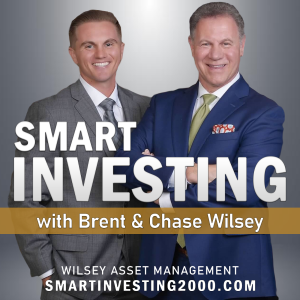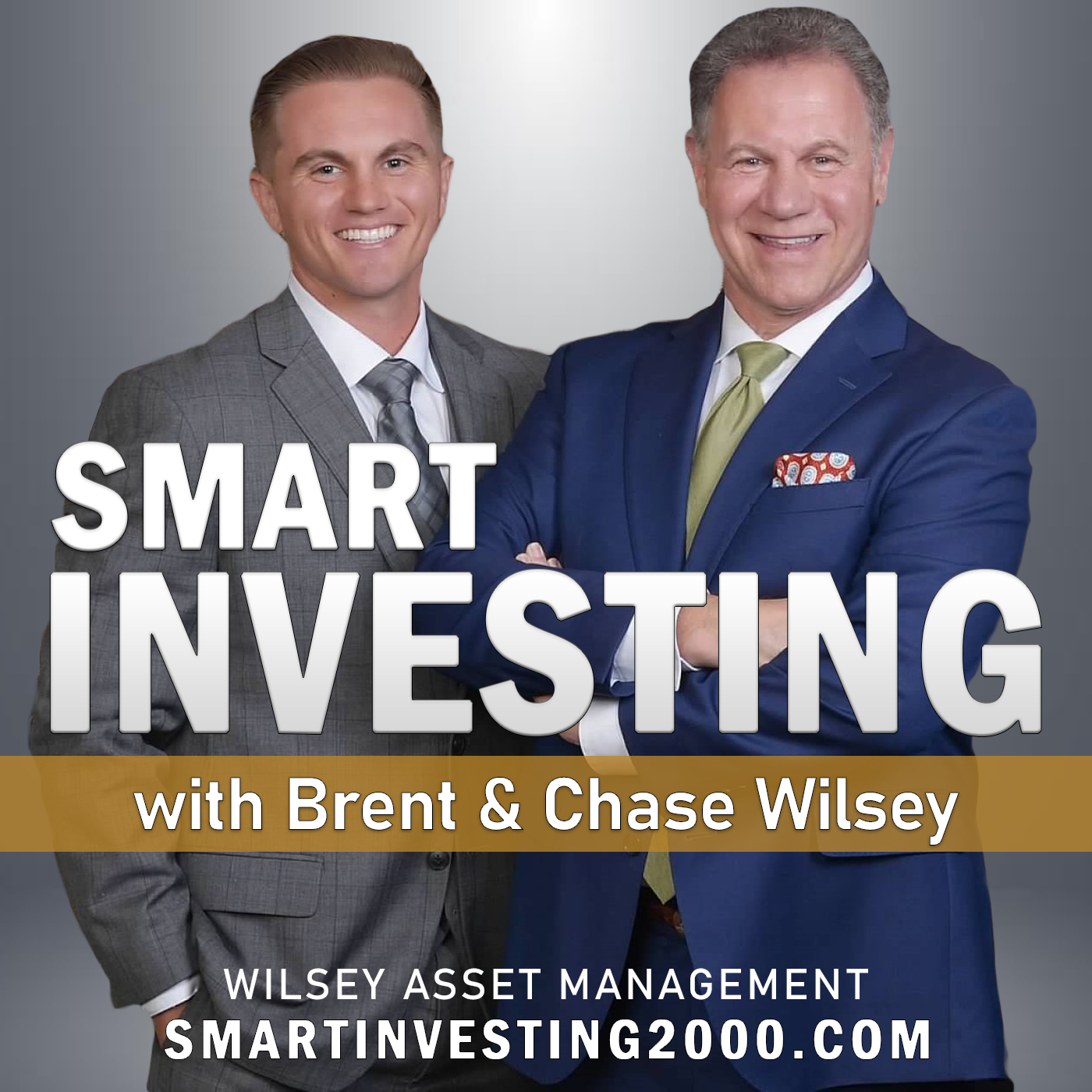Episodes

Monday May 20, 2024
Monday May 20, 2024
PPI
Initially the Producer Price Index (PPI) looked problematic as it increased 0.5%, which easily topped the estimate of 0.3%. Looking further into the report though, the March reading was revised from an initially reported 0.2% gain to a decline of 0.1%, which more than accounted for this month’s beat. Looking on a year-over-year basis, PPI rose 2.2% and core PPI was 2.4%. While the core PPI increase was the biggest annual move since August 2023, I still don’t believe it’s at a problematic level considering the Fed’s 2% target.
CPI
The Consumer Price Index (CPI) brought some positive news as the index grew 3.4% in April which was in line with expectations and better than the previous month’s reading of 3.5%. Core CPI which excludes food and energy was up 3.6% and was below last month’s reading of 3.8%. This was the lowest reading for core CPI since April 2021. Shelter continues to be the major weight keeping prices elevated as it was up 5.5% over last year and accounted for over two thirds of the growth in core CPI. Energy which was a major positive for the CPI numbers for much of last year has now brought some pressure to the headline CPI number as it was up 2.6% compared to last year. The easy comparisons from last year have disappeared and now I believe we will continue to see year over year gains in the energy component moving forward. Other areas that remained problematic included motor vehicle insurance (+22.6%), admission to sporting events (+15.4%), and motor vehicle repair (+9.8%). While there are some remaining negatives in the inflation fight, overall, I believe this report shows we are continuing to head in the right direction.
Private Credit
I have seen investors become more interested in the private credit space, but personally I have not invested any money in it, nor would I recommend my clients do so. Private credit is where nonbank financial institutions, like private-equity firms, make loans to businesses. It was essentially created to serve companies that were too big or risky for banks or too small for the bond market. The funds are generally illiquid, which means you could be stuck in an investment and if it goes south, you may have no other choice than to ride it out and hope it comes back. Also, since they rarely trade you don’t really know what the loans are worth and have to rely on pricing from quarterly accounting estimates. The fees are quite high as they are in the range of 1.25%, which I would consider high for essentially a fixed income alternative. Unknown risks could also be developing in the space due to less regulations and limited oversight. The International Monetary Fund (IMF) recently released a report that stated with the recent increase in yields, more than a third of borrowers have interest costs that exceed their earnings. Pull all the info together and I’m comfortable not being in this investment.
Meme Stocks
Meme stocks are back in the news with companies like GameStop (GME) and AMC Entertainment (AMC) surging! AMC was actually quite smart and took advantage of the move to do a $250 million stock sale to raise capital. Like I said back in 2021, these moves are occurring for no fundamental reason. The fact that these are occurring because a guy that goes by the name “Roaring Kitty” posted an image of a man in chair leaning forward is just crazy. If you want to gamble on this stock just know that’s all it is, there is no fundamental reason for the company’s stock to be trading at these levels. It’s also important to remember that last time the hype occurred the stock reached an intra-day split adjusted high of $120.75 per share and has been in free fall before this recent move as it touched a three year low of $9.95 per share. I believe the story will end the same way for many of these traders and for those that think they are sticking it to Wall Street, unfortunately it will not have as big of an impact as they think.
Financial Planning: Best Withdrawal Rate for Retirement
The 4% rule has been around for decades and states if retirees withdraw 4% from their portfolio every year, and increase the annual withdrawals by the rate of inflation, they are very unlikely to run out of money. This rule of thumb has been widely used but it is important to understand it has some pitfalls. First off, a 4% withdrawal rate is overly conservative in almost all cases. To be able to withdraw 4% plus inflation over a retirement lasting 30 years, the asset return needs to outpace inflation by just 1%. A 1% real return is extremely low. This is partly caused by the misconception that retirees need to have an overly conservative portfolio. Regardless of age, retirees still should allocate their assets to grow and outpace inflation. That doesn’t mean they need to buy risky or trendy investments, but there should always be growth. Retirees are living longer and longer which means traditional “conservative” portfolios are actually riskier because they increase the chance of outliving money. Secondly, retirement spending typically doesn’t maintain pace with inflation. In the first few years of retirement, people are more active and spending more, but as they age, they tend to slow down which results in lower levels of spending. This means it can be appropriate to start with a larger withdrawal rate followed by smaller inflationary increases over time. Because of this, a 5% or even 6% withdrawal rate can be used in retirement when paired with wise investment management. A withdrawal rate of 6% may not seem like much more than 4%, but mathematically it is 50% more which means substantially more retirement income, or being able to retire several years sooner.
Stocks Discussed: Netflix (NFLX), Wayfair (W) and CVS Health (CVS)


No comments yet. Be the first to say something!